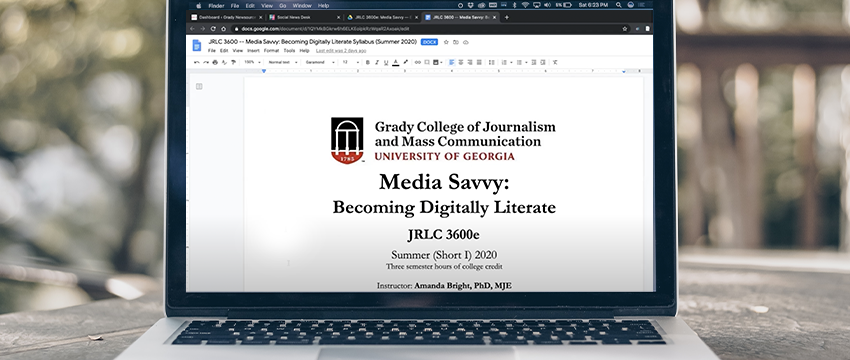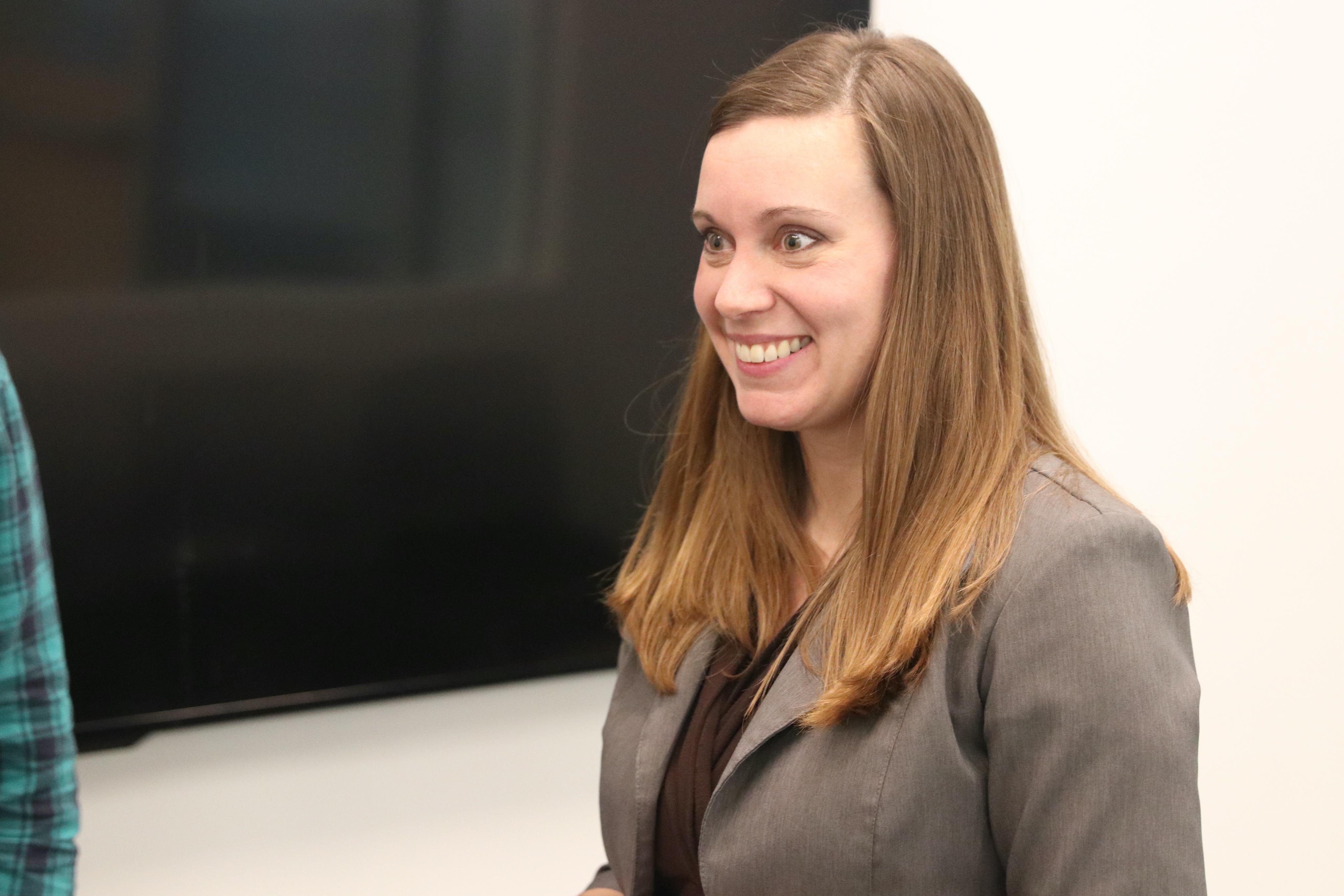New class teaches digital literacy tools to combat information disorder

New class teaches digital literacy tools to combat information disorder
A new Grady College course is equipping students with skills needed to discern between truth and misinformation when consuming digital media.
“Media Savvy: Becoming Digitally Literate” is an online summer class taught by Amanda Bright, academic professional in journalism.
“Current events are creating this course,” Bright said. “Although misinformation is hardly new, the current trends with media manipulation are sophisticated, which means we must become more media savvy.”
The course is a real-time case study as much of the discussion revolves around the COVID-19 pandemic, the 2020 elections and nationwide protests about race and inequality.
“We are in a moment where this misinformation conversation is not just useful but essential,” Bright said.

The first words of the course syllabus are: “Clickbait. Deepfakes. Disinformation, Bias, Hoaxes. Fake News.,” giving the 25 enrolled students an immediate glimpse at the subjects examined in the class.
Bright refers to digital literacy as the tools needed to distinguish truth amid information disorder.
“If people do not have correct information, they cannot make correct decisions,” said Bright.
Students are becoming familiar with resources designed to help journalists earn trust such as First Draft and Trusting News, both organizations with prior partnerships with Grady College. The course introduces terminology, context, tools and techniques to develop media literacy and understand the role of journalism in society.
“Hopefully by the end of this class, I hope you can feel like you can have constructive conversations with the people in your life that you may feel like are off-base on this topic,” Bright tells her students in the class’ introductory video.
Many Grady College alumni volunteered their knowledge and time to help students in the class. Meredith Anderson (ABJ ’01) from WRDW, Ivan Aronin (ABJ ’86) from Main Strett News, Chase Cain (ABJ ’05) from NBCLX, Lisa Fu (AB ’17) from FundFire, Daniel Funke (ABJ ’17) from PolitiFact, Randi Hildreth (ABJ ’12) from WBRC, Linda Hurtado (ABJ ’89) from WTVT, Robert Hydrick (ABJ ’84) from the Governor’s Office of Highway Safety Stephanie Gallman Jordan (ABJ ’02) from CNN, Joshua Ninke (ABJ ’11) from KBTX, Maddie Ray (AB ’19) from WXIA, Casey Rose (AB ’09) from WHAS, Kelsey Russo (ABJ ’19) from The Athletic, Sheeka Sanahori (ABJ ’06) from Lonely Planet, Sydney Shadrix (MA ’19) from KLTV all offered to be interviewed by students. Each student is paired with a professional to have a wide-ranging conversation about how journalists fact-check and build trust with audiences.
After being equipped with digital literacy skills, students are charged with analyzing a digital media content for their final project. They are asked to explain their findings, recommend steps to improve understanding for the audience and predict what should happen next in digital media verification.